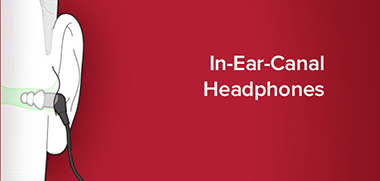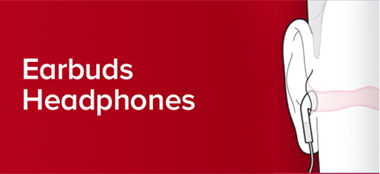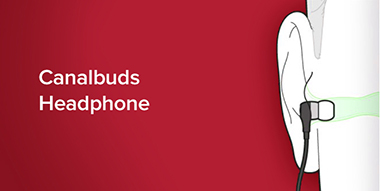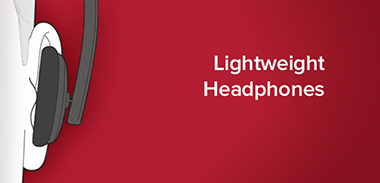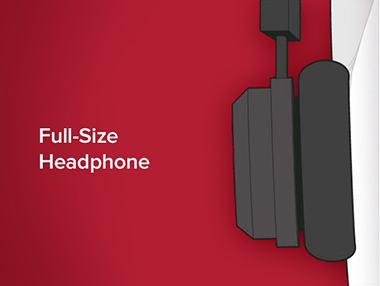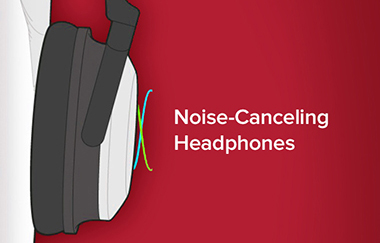Headphones
Choosing your next headphones.
Here’s a quick guide to the different types of headphones, along with the benefits and drawbacks of each.
Specs vs sound quality - which matters more when choosing your headphones?
One should generally ignore the manufacturers’ specifications when choosing headphones, especially frequency-response numbers as there is no standard testing methodology for headphone frequency response and many vendors tend to exaggerate the specs for marketing purposes. Given that the specs published are accurate, these numbers do not actually tell you how that particular set of headphones actually sounds.
Instead of relying on the specs, it would be best to rely on your own ears. Or, if you can’t test out the headphones personally, read reviews from a trusted source who has tested it out.
As with speakers, a quality set of headphones reproduces audio with good balance between the treble (upper), midrange, and bass (lower) frequencies, producing full, rich sound while preserving detail.
Note however that because headphones use small drivers (speakers), bass response would naturally be inferior to that of huge speaker woofers where you can not only hear but also feel the drivers. Most headphones are unable to reproduce the visceral impact of low bass – you can hear it but you can’t feel it.
As such, many vendors would attempt to address this issue by emphasizing certain bass and upper-bass frequencies to give their headphones that extra boost in hope that their headphones would stand out from others. This boost would be great for people who use their headphones for exercising and other physical activities however, these type of headphones become strenuous to listen to over time. If your listening interest lies in the accurate audio reproduction, be reminded not to be blown away or swayed by the emphasised bass (or exaggerated treble detail).
The best approach would be to test a set of headphones for several hours (or several days if you can) and with varied types of music. If you feel that the set of headphones sounds great with most types of music, then chances are this set would fulfil your requirements in the long run. However, as it is not always possible to test a set of headphones for several days, or hours even, your best bet would be to rely on a reliable source, noting however that the tester may not have the same preferences as yourself.

